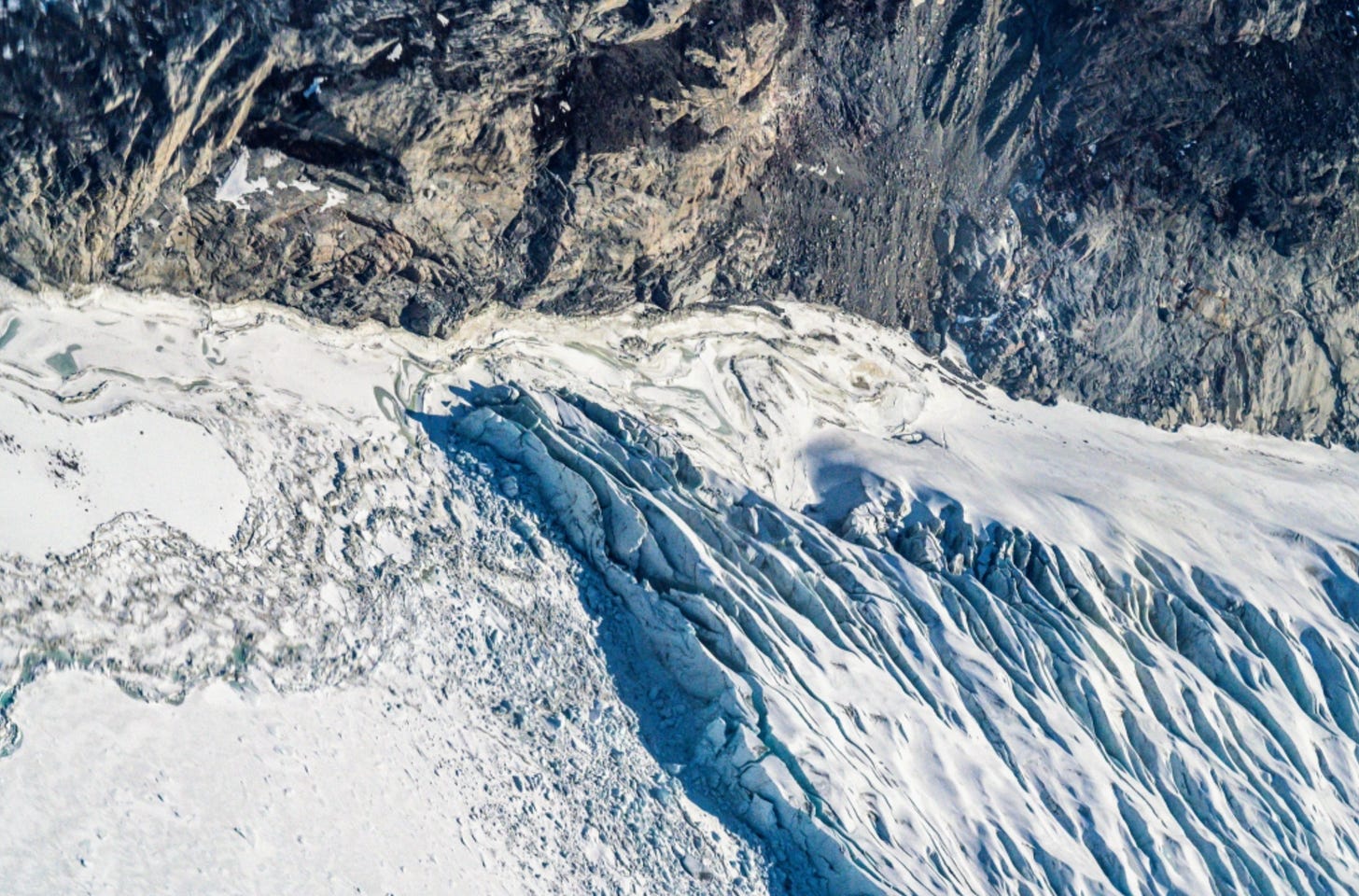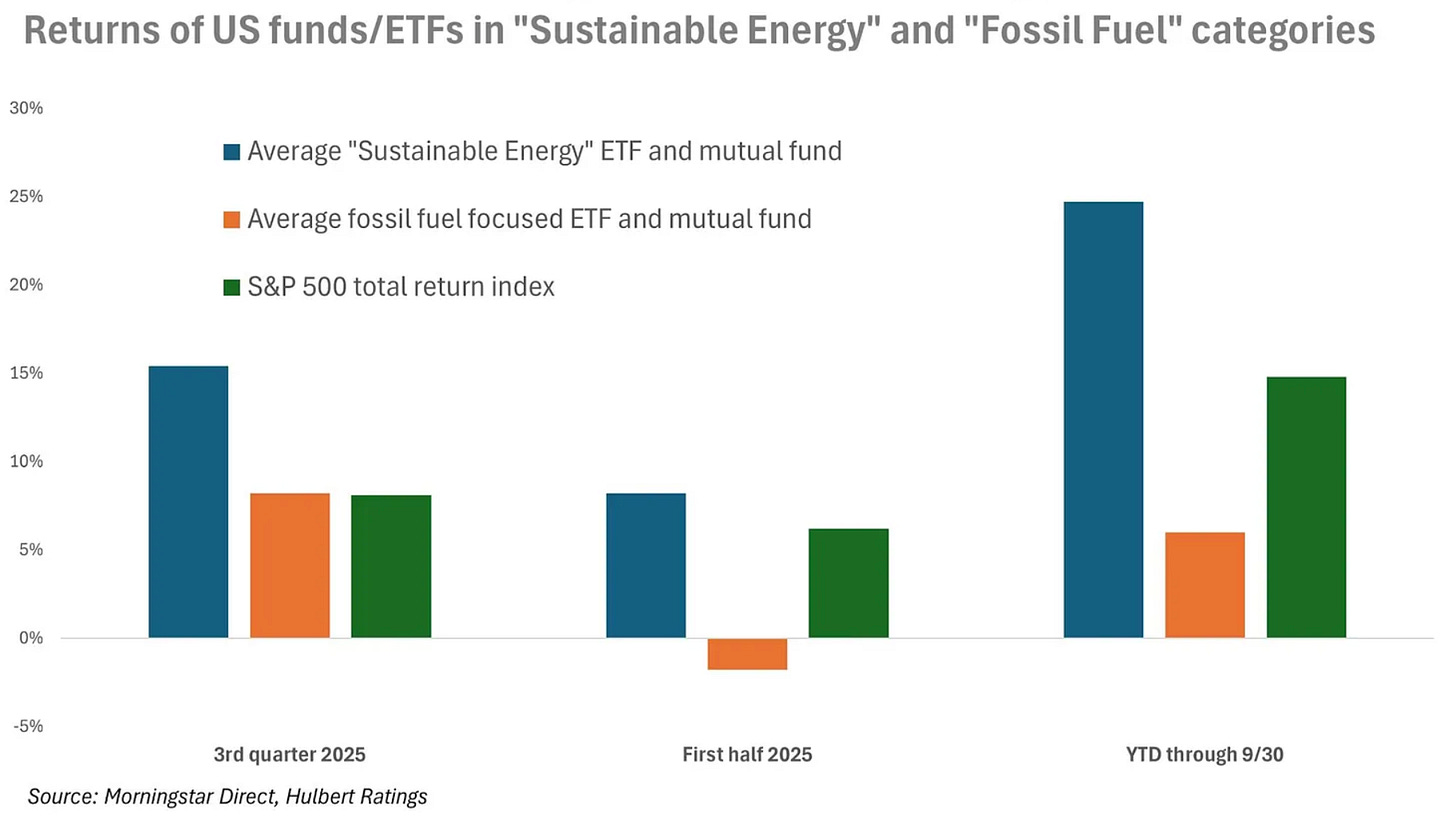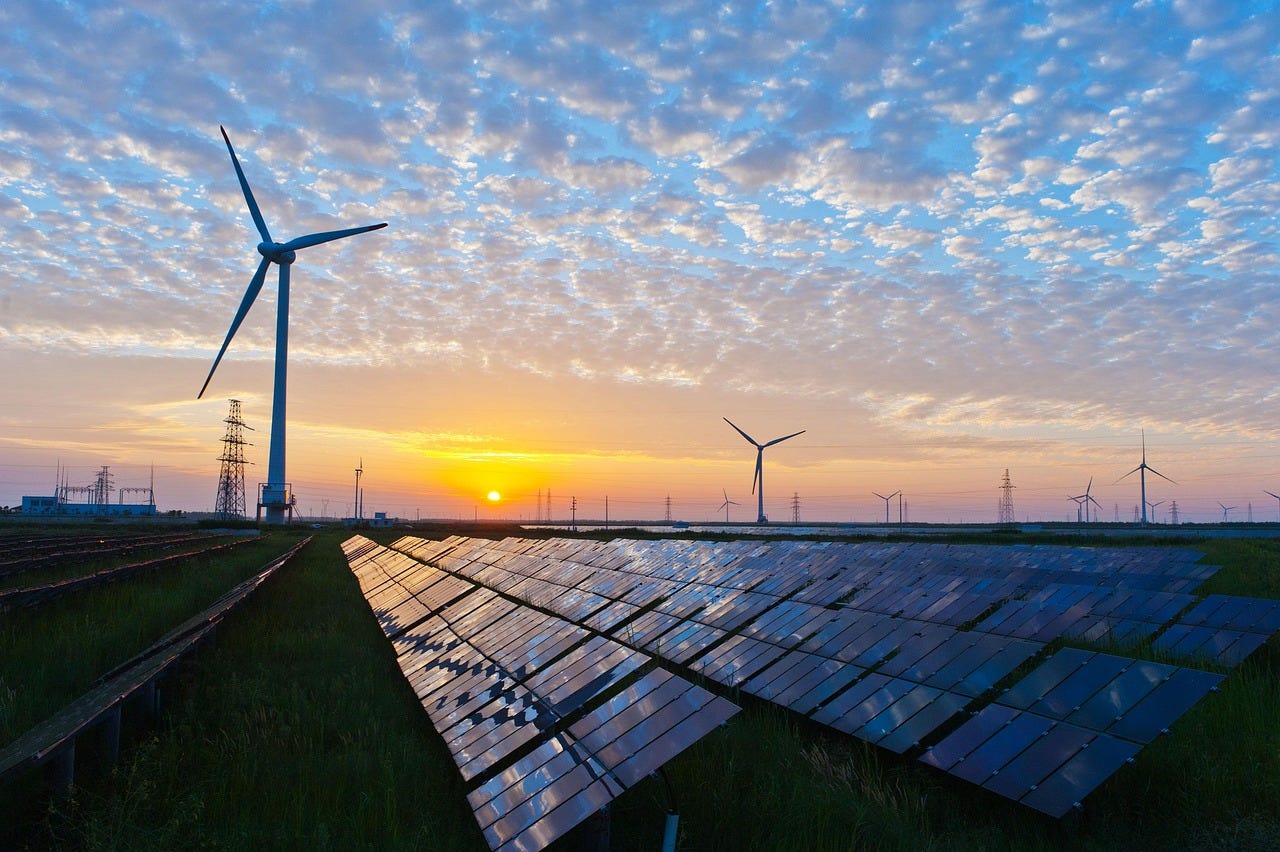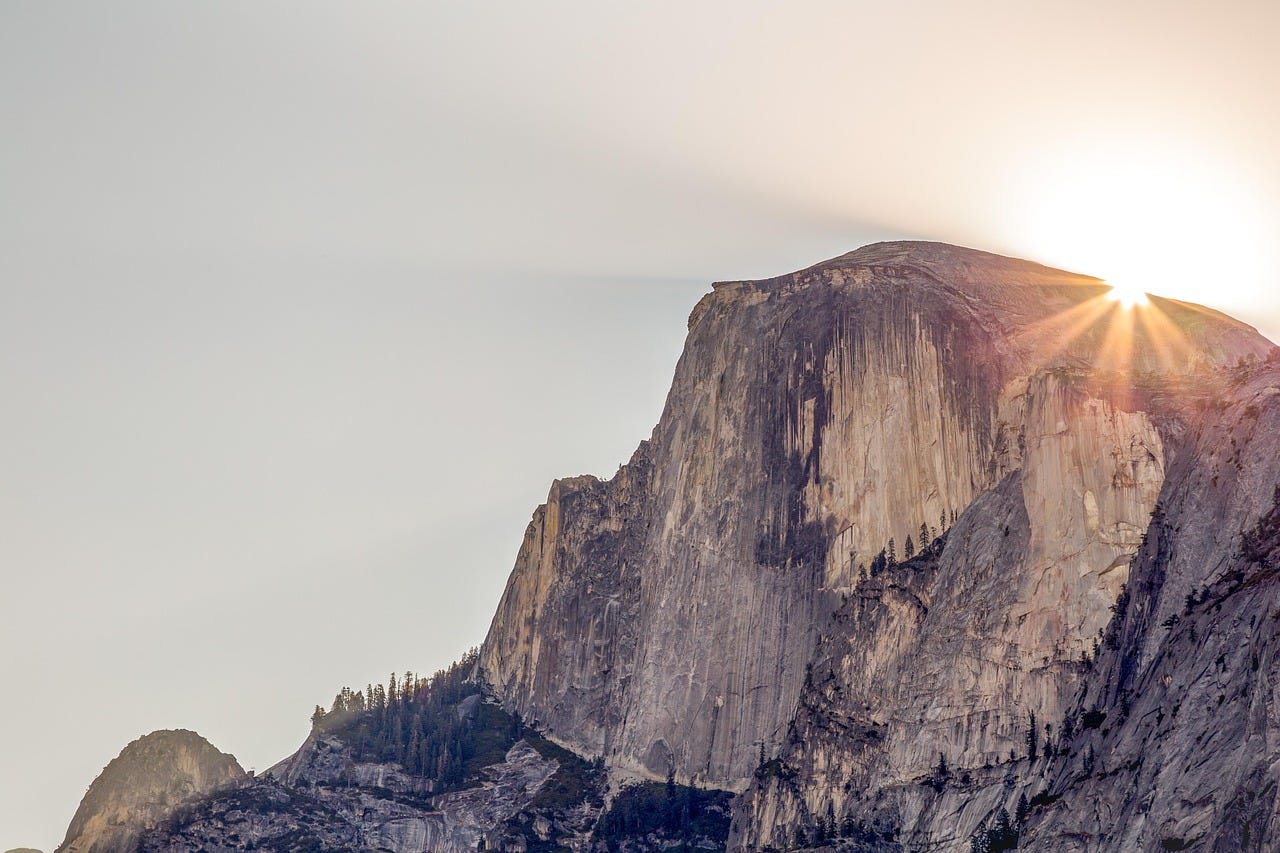When everybody is talking market bubble
Trump boosts green attacks as clean energy hits turning point.
Today’s edition of Callaway Climate Insights is free for all our readers. We really want to bring you the best and latest in climate finance from around the world. Please subscribe now.
LONDON (Callaway Climate Insights) — Gold tops $4,000 an ounce for the first time, up more than 50% this year. AI and energy stocks soar as tech giants leverage each other to propel valuations. Regulators from the International Monetary Fund to the Bank of England warn of an imminent bubble risk to global markets.
Should be enough to scare any investor into going all cash, but here we all are riding the wave and shaking our heads.
For every market historian pointing to similarities with the dot-com bubble a generation ago, there is one to argue why it isn’t. The S&P 500 Index is trading at a 25 price to earnings multiple, which is historically high. But if you take out the Magnificent Seven tech giants, it is more normal.
In short, when everybody is expecting an imminent collapse, it probably won’t happen. Even a U.S. government shutdown hasn’t slowed the market this week.
For our money, the turning point will come sooner rather than later, but it will be from something completely unexpected. Something from China perhaps, or a big hedge fund collapse.
After the deluge, though, the market will climb again, just as it did after the great financial crisis of 2008 and the Internet bubble of 2000, and every other market crisis back to before even the Great Depression.
So enjoy the ride, prepare for the fall, and above all — don’t ever trade scared.
Don’t forget to contact me directly if you have suggestions or ideas at dcallaway@callawayclimateinsights.com.
Follow us . . . .
Twitter | LinkedIn | Facebook | Instagram
Green funds double performance of oil assets in Q3, defying Trump
. . . . Sustainable funds, which have defied President Donald Trump’s attempts to kill clean energy this year, expanded their gains in the third quarter as U.S. demand for more energy to propel the AI revolution pushed renewables forward, writes Mark Hulbert. Gains of more than 15% in green funds and ETFs almost doubled those of oil and gas assets, exposing the myth of “drill, baby, drill.” Hulbert points out several stocks leading the charge, with one up more than 50%, as the AI mania spreads into the energy markets.
Thursday’s subscriber insights
Trump boosts attacks on renewables as green energy hits turning point
. . . . The Trump administration is using the U.S. government shutdown to raise the level of its attacks on green energy even as a key report this week showed that, globally, renewable energy has finally surpassed coal. Reports this week said White House bean counters are drawing up plans to cut up to $12 billion more in renewable projects, on top of an estimated $22 billion already this year. Those cuts would include direct air capture projects, as reported by Callaway Climate Insights a few weeks ago.
With even projects favored by oil interests, like DAC, on the block, it is highly unlikely Americans will avoid huge increases in electricity prices this year and next.
But even as the White House steps up cuts, renewable stocks are soaring, per third quarter results analyzed by our own Mark Hulbert this week. That’s because investors can see that the growing thirst for power for AI data centers will require all forms of energy, not just oil and gas.
In the meantime, think tank Ember reported this week that renewable power has surpassed coal in global usage, marking an important turning point in the energy transition, with solar leading the way.
The White House looks increasingly isolated in its quest to support the oil and gas industries. But that’s not stopping its war on green — yet.
Editor’s picks: Melting a glacier — intentionally; plus, emissions from medical inhalers
Watch the video: An ice core that may be more than 1.5 million years old is being melted down by scientists to unlock vital information about Earth’s climate. BBC News reports the glassy cylinder is the planet’s oldest ice and was drilled from deep inside the Antarctic ice sheet. Frozen inside is thousands of years of new information that scientists say could “revolutionize” what we know about climate change.
Inhaler-related emissions
New studies show medication inhalers are “substantial” contributors to planet-warming pollution. It’s not the medicine itself that’s the problem. It’s the HFAs. Hydrofluoroalkanes (HFAs) are the propellants used in inhalers that make them effective treatments for the people with lung conditions who can’t live without them, CNN reports. The studies, published in JAMA, show that a year’s worth of pollution from inhalers in the U.S. is equal to driving more than half a million cars, or the same as electricity requirements for 470,000 homes. Researchers said metered-dose inhalers were responsible for 98% of the climate pollution from inhalers.
Latest findings: New research, studies and projects

One of the most important Arctic research organizations in the country has shut down. The Sierra Club reports that on Sept. 30, the Arctic Research Consortium of the United States, known as ARCUS, officially closed after almost 40 years as the country’s hub for research and education in the Arctic. “The closing is the latest blow to science and education as the Trump administration cuts funding and threatens to dismantle the scientific infrastructure of the nation,” science and nature writer Ian Rose reports. ARCUS had 29 member institutions, 14 partner organizations, and over 100 individual members, according to its 2024 annual report. But its influence was much wider. It connected more than 5,000 Arctic experts with its ArcticInfo mailing list, and its website became a central resource for Arctic science, with over 10,000 scientific papers, reports, and other documents. “Some ARCUS projects, like the scholars program, will end with the organization’s closing. But others live on, handed off to other Arctic research groups. The Sea Ice Prediction Network will continue with support from the National Snow and Ice Data Center in Colorado. A related program, the Sea Ice for Walrus Outlook, provides information on spring ice conditions to subsistence hunters in Alaska Indigenous communities and will now be coordinated by the Alaska Ocean Observing System,” Rose notes.
More of the latest research:
Words to live by . . . .
“The science of climate chaos has been very clear for many decades, and the implications of non-action are obvious: If you are reasonably happy with your life and have people and places you love, climate chaos is an existential threat. It’s a no-brainer.” — Glenn Campbell, a medical writer from Ohio, speaking to The Guardian.





